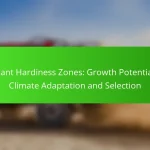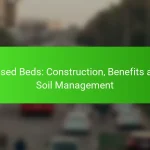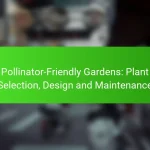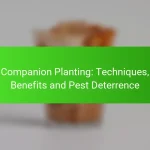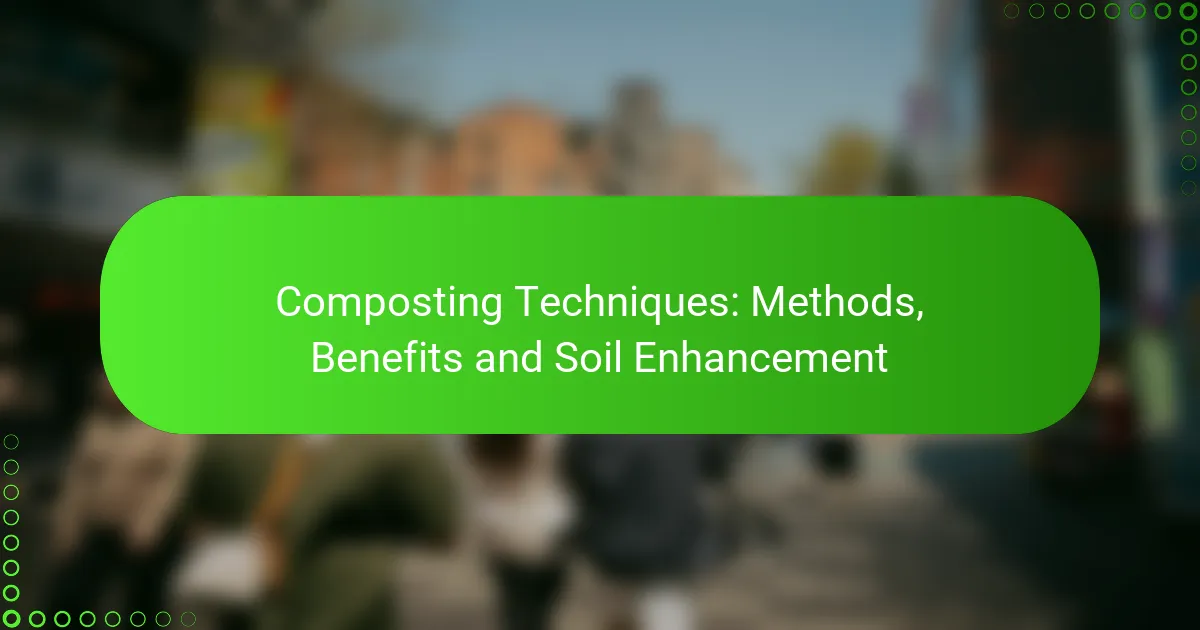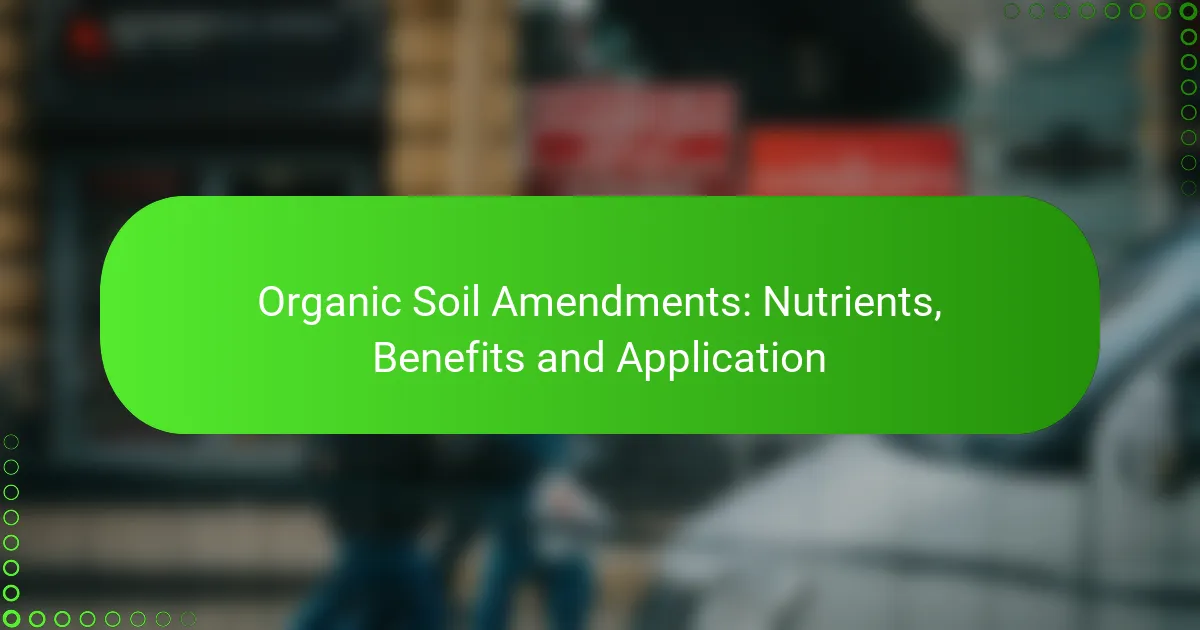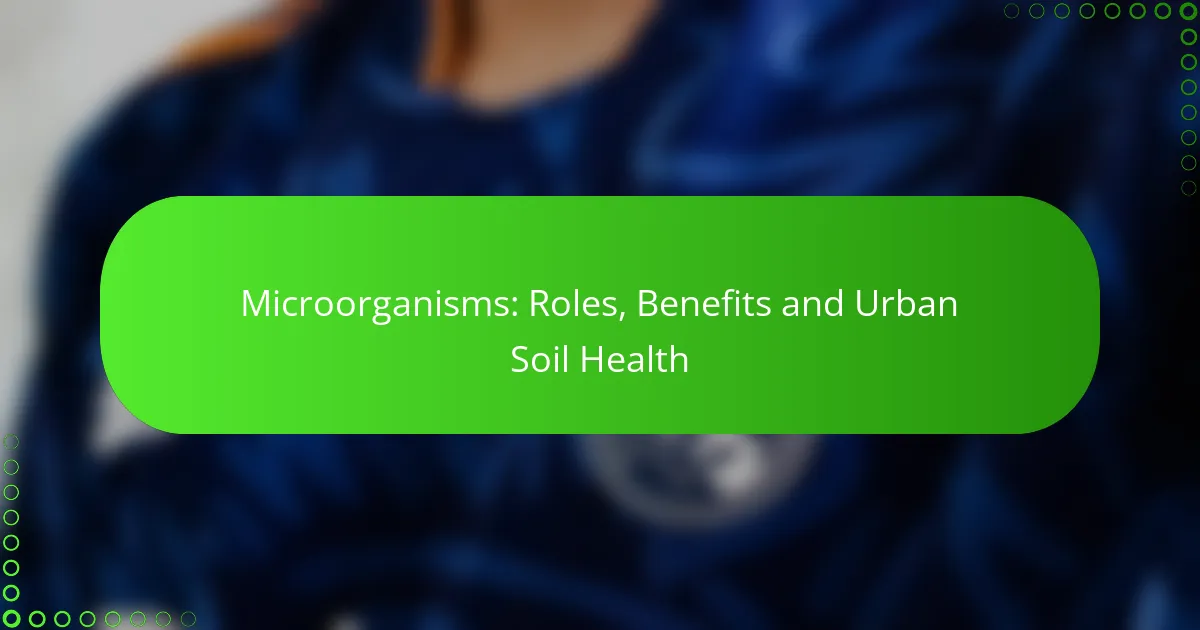Composting is a vital practice that transforms organic waste into nutrient-rich soil, benefiting both the environment and gardening efforts. Various techniques, such as Bokashi, hot composting, and vermicomposting, cater to different needs and conditions, making composting accessible to everyone. By enriching soil health and promoting sustainable waste management, composting plays a crucial role in fostering healthier plant growth and a thriving ecosystem.

What are the best composting techniques in South Africa?
The best composting techniques in South Africa include Bokashi composting, hot composting, vermicomposting, cold composting, and trench composting. Each method has unique benefits and considerations, making them suitable for different environments and composting goals.
Bokashi composting
Bokashi composting is a fermentation process that utilizes anaerobic bacteria to break down organic waste. This method is particularly effective for kitchen scraps, including meat and dairy, which are typically not suitable for traditional composting.
To start Bokashi composting, layer food waste in a sealed container with Bokashi bran, which contains the beneficial microbes. After a few weeks, the fermented material can be buried in soil or added to a traditional compost pile to further decompose.
Hot composting
Hot composting involves creating a compost pile that reaches high temperatures, typically between 55°C and 70°C, to accelerate decomposition. This method requires a balanced mix of green materials (nitrogen-rich) and brown materials (carbon-rich) to maintain heat.
To successfully implement hot composting, turn the pile regularly to aerate it and monitor moisture levels. This technique can produce finished compost in a matter of weeks, making it ideal for gardeners looking for quick results.
Vermicomposting
Vermicomposting uses earthworms to break down organic waste into nutrient-rich compost. This method is well-suited for small spaces, as it can be done indoors or outdoors in bins.
To start vermicomposting, create a worm bin with bedding materials like shredded paper or coconut coir, and add kitchen scraps. The worms will convert the waste into castings, which can be harvested every few months for use in gardens.
Cold composting
Cold composting is a slower method that involves layering organic materials without the need for regular turning or monitoring temperatures. This technique is less labor-intensive but takes several months to a year to produce finished compost.
To practice cold composting, simply pile up organic waste in a designated area and let nature take its course. This method is suitable for those who prefer a hands-off approach and can wait for the compost to mature over time.
Trench composting
Trench composting involves digging trenches in the garden and burying organic waste directly in the soil. This method enriches the soil while decomposing waste and is particularly useful for larger quantities of scraps.
To implement trench composting, dig a trench about 30 cm deep, fill it with organic materials, and cover it with soil. Over time, the waste will break down and improve soil fertility, making it an effective technique for gardeners looking to enhance their plots.

What are the benefits of composting?
Composting offers numerous benefits, including enriching soil, reducing waste, and promoting healthier plant growth. These advantages make it an essential practice for sustainable gardening and waste management.
Soil enhancement
Composting significantly improves soil quality by adding organic matter, which enhances soil structure, moisture retention, and nutrient availability. This enriched soil supports beneficial microorganisms that contribute to a thriving ecosystem.
To effectively enhance soil, incorporate compost into garden beds at a ratio of about one part compost to three parts soil. This practice can lead to a noticeable improvement in soil health over time.
Waste reduction
Composting is an effective method for reducing household waste, diverting organic materials from landfills. By composting kitchen scraps and yard waste, households can cut down on the volume of trash they produce, which is beneficial for the environment.
Consider starting with a compost bin to manage waste effectively. Aim to compost around 30-50% of your household waste, which can significantly lessen landfill contributions and reduce methane emissions.
Improved plant growth
Using compost as a natural fertilizer promotes healthier plant growth by providing essential nutrients and improving soil fertility. Plants benefit from the slow release of nutrients found in compost, which supports sustained growth throughout the growing season.
For optimal results, apply compost as a top dressing or mix it into the soil before planting. This practice can lead to stronger root systems and increased resilience against pests and diseases.
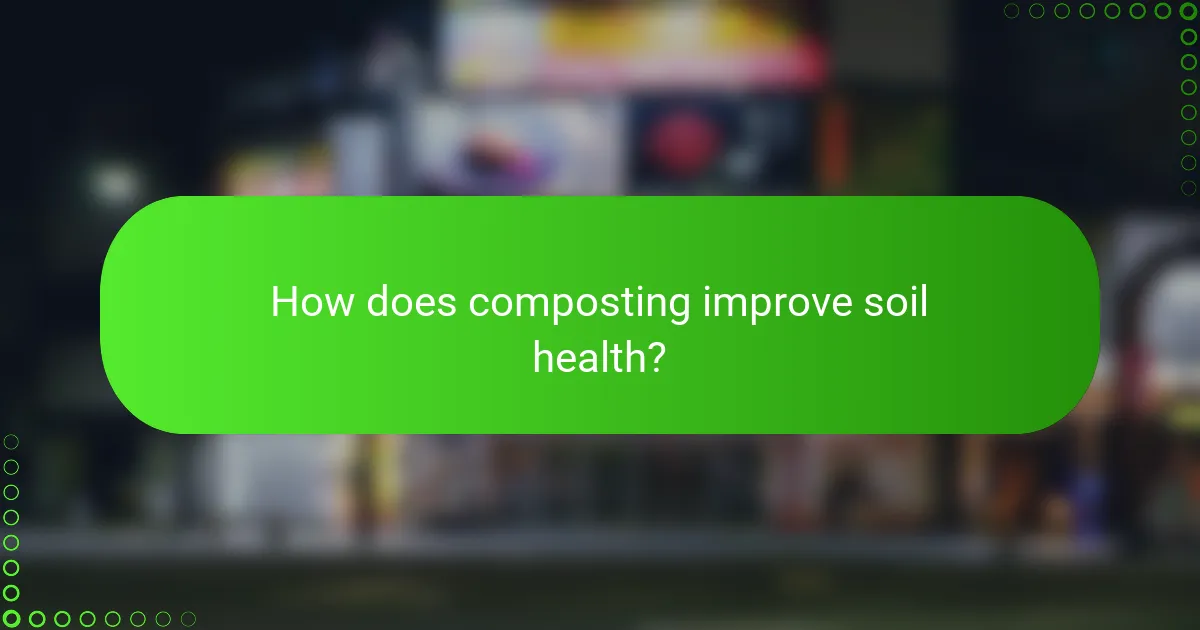
How does composting improve soil health?
Composting enhances soil health by enriching it with organic matter and beneficial microorganisms. This process not only boosts nutrient levels but also fosters a thriving ecosystem that supports plant growth.
Increased nutrient content
Compost is rich in essential nutrients such as nitrogen, phosphorus, and potassium, which are vital for plant development. When added to soil, compost can significantly enhance nutrient availability, often improving soil fertility by several times compared to untreated soil.
To maximize nutrient content, use a balanced mix of green materials (like kitchen scraps) and brown materials (such as dried leaves). This balance ensures a diverse nutrient profile that supports various plant needs.
Enhanced soil structure
Composting improves soil structure by increasing its organic matter content, which helps bind soil particles together. This leads to better aeration and root penetration, allowing plants to access water and nutrients more effectively.
In sandy soils, compost can help retain moisture, while in clay soils, it can improve drainage. Regularly incorporating compost into your soil can lead to a more stable and resilient growing environment.
Improved moisture retention
Compost enhances the soil’s ability to retain moisture, reducing the need for frequent watering. This is particularly beneficial in regions with variable rainfall or during dry seasons.
By adding compost, you can increase the soil’s water-holding capacity by up to several times its weight in water. This not only conserves water but also supports plant health during dry spells, making it an essential practice for sustainable gardening.

What materials are suitable for composting?
Composting requires a balance of organic materials to create nutrient-rich soil. Suitable materials can be categorized into green and brown types, each contributing essential nutrients and structure to the compost pile.
Green materials
Green materials are rich in nitrogen and include items like fruit scraps, vegetable peels, coffee grounds, and grass clippings. These materials help to accelerate the composting process by providing the necessary nutrients for microorganisms.
When adding green materials, aim for a ratio of about one part green to two parts brown materials to maintain optimal composting conditions. This balance ensures that the compost pile remains active and decomposes efficiently.
Brown materials
Brown materials are high in carbon and include dried leaves, straw, cardboard, and wood chips. These materials provide structure to the compost pile, allowing air to circulate and preventing compaction.
Incorporating a variety of brown materials can enhance the compost’s texture and aeration. Aim for a mix that complements the green materials, ensuring a healthy balance for effective decomposition.
Avoiding harmful items
It’s crucial to avoid adding harmful items to your compost, as they can disrupt the composting process and introduce toxins. Common items to exclude include meat, dairy, oily foods, and pet waste.
Additionally, avoid using materials treated with chemicals, such as certain types of paper or wood. Stick to organic materials to create a safe and healthy compost that benefits your garden and the environment.

What are the prerequisites for successful composting?
Successful composting requires a balance of organic materials, proper moisture levels, and adequate aeration. Understanding these prerequisites helps create an efficient composting process that yields nutrient-rich soil amendments.
Types of materials
Composting involves using a mix of green materials, such as fruit and vegetable scraps, and brown materials, like dried leaves and cardboard. Aim for a ratio of about 2:1 brown to green materials to optimize decomposition. Avoid using meat, dairy, and oily foods, as they can attract pests and create odors.
Moisture levels
Maintaining proper moisture is crucial for successful composting. The compost pile should feel like a damp sponge; too much water can lead to anaerobic conditions, while too little can slow down the decomposition process. Regularly check the moisture level and add water or dry materials as needed.
Aeration
Aeration is essential for providing oxygen to the microorganisms that break down organic matter. Turn your compost pile every few weeks to introduce air and promote faster decomposition. If you notice a foul smell, it may indicate a lack of oxygen, prompting the need for more frequent turning.
Temperature
Monitoring the temperature of your compost pile can indicate its activity level. A well-maintained compost pile typically reaches temperatures between 130°F and 160°F (54°C to 71°C), which helps kill pathogens and weed seeds. Use a compost thermometer to track the temperature and adjust materials or aeration as necessary.
Location
Choose a suitable location for your compost pile, ideally in a shaded area with good drainage. This helps regulate temperature and moisture levels. Ensure the site is easily accessible for adding materials and turning the pile. A well-placed compost bin can enhance your composting experience and efficiency.
